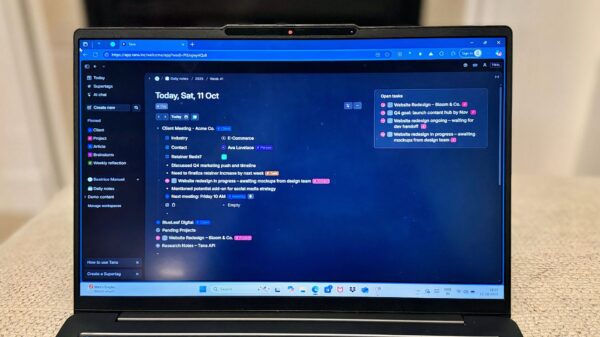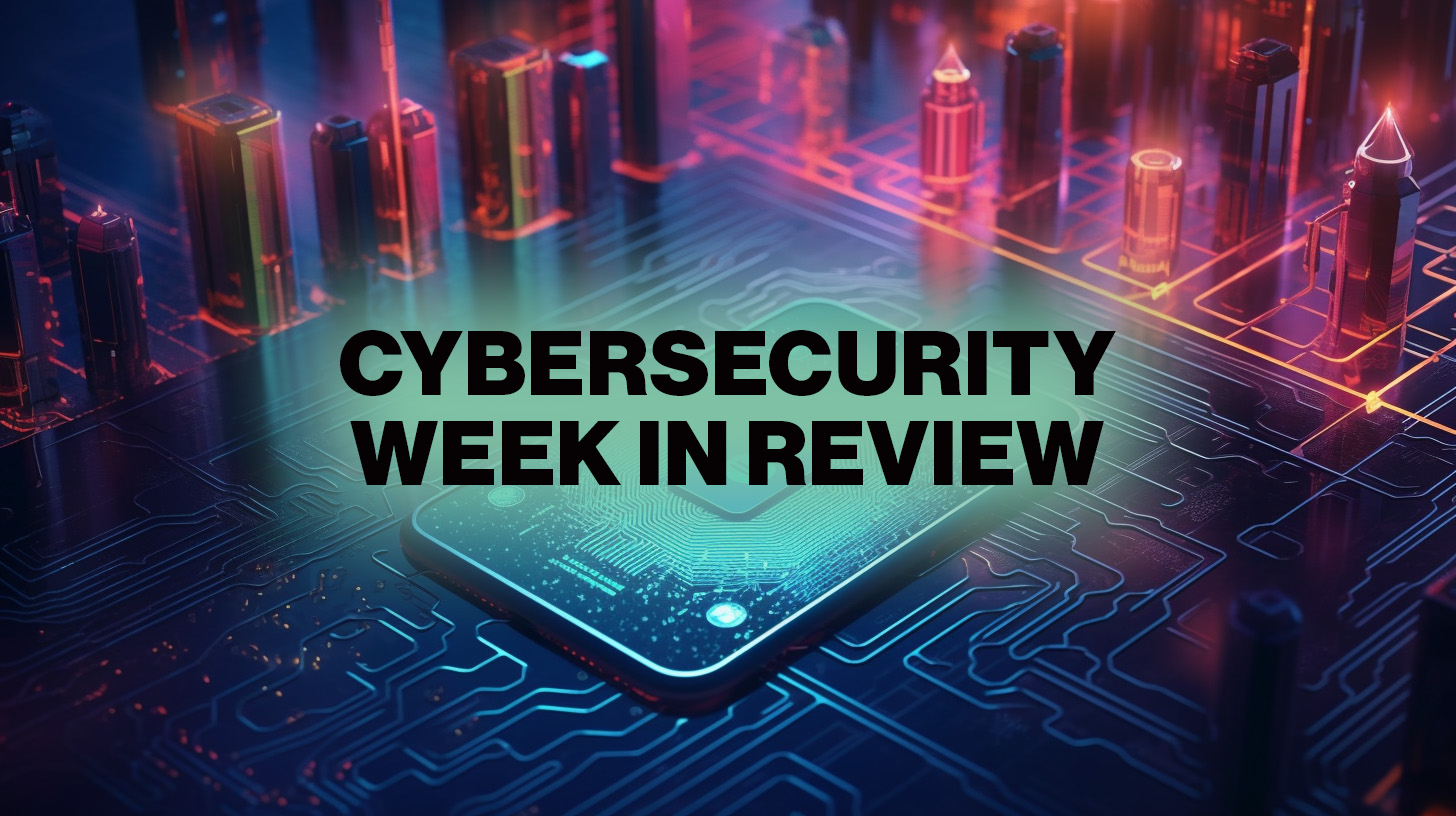Last week witnessed significant developments in the cybersecurity landscape, highlighted by a major data breach at F5 and urgent patches released by Microsoft for several critical vulnerabilities. The incidents underscore ongoing threats faced by organizations and the need for robust security measures.
F5 Data Breach Exposes Critical Source Code
US tech company F5 confirmed a significant breach in which attackers, identified as “nation-state actors,” accessed the source code and vulnerability information related to its BIG-IP family of networking and security products. The breach raises alarms about the potential for exploitation of the exposed data, which could jeopardize numerous clients reliant on F5’s technology.
In a statement, F5 emphasized the importance of security, noting that it is actively working to mitigate any potential risks and protect its customers. The incident is a stark reminder of the vulnerabilities present in even the most established tech firms.
Microsoft Addresses Critical Vulnerabilities
On October 2025, Microsoft took decisive action by releasing patches for over 175 vulnerabilities, including three zero-days that are currently being exploited by attackers: CVE-2025-24990, CVE-2025-59230, and CVE-2025-47827. These updates are crucial as they help to secure systems against ongoing attacks that could lead to significant data breaches and service disruptions.
Additionally, Microsoft has revoked 200 software-signing certificates used by the threat actor Vanilla Tempest, which had been distributing malware disguised as Microsoft Teams installers. This move aims to disrupt the operations of this ransomware group, which has targeted numerous organizations.
Another pressing issue involves a misconfiguration vulnerability in Adobe Experience Manager, designated as CVE-2025-54253. The Cybersecurity and Infrastructure Security Agency (CISA) has added this vulnerability to its Known Exploited Vulnerabilities catalog, warning of its exploitation in the wild.
Emerging Trends in Cybersecurity Practices
In parallel with these incidents, various discussions and research initiatives are shaping the future of cybersecurity. For instance, in an interview with Help Net Security, Wayman Cummings, Chief Information Security Officer at Ochsner Health, shared insights on developing effective cybersecurity strategies within the healthcare sector, emphasizing the importance of prioritizing vulnerability management and network segmentation despite limited resources.
Research from Curtin University has proposed a new framework for testing industrial control systems, allowing cybersecurity teams to simulate real-world environments without risking substantial disruptions. This innovation could enhance the security posture of industries reliant on these control systems.
Moreover, an academic study suggests that privacy mechanisms can evolve through learning from historical data distributions, thus enhancing their effectiveness even with incomplete information. This approach aims to balance privacy guarantees with the need for useful information sharing.
As organizations navigate these evolving threats, it is evident that cybersecurity remains a critical concern. The recent breaches and vulnerabilities highlight the ongoing battle against cyber adversaries and the necessity for continuous improvement in security practices across all sectors.







































































